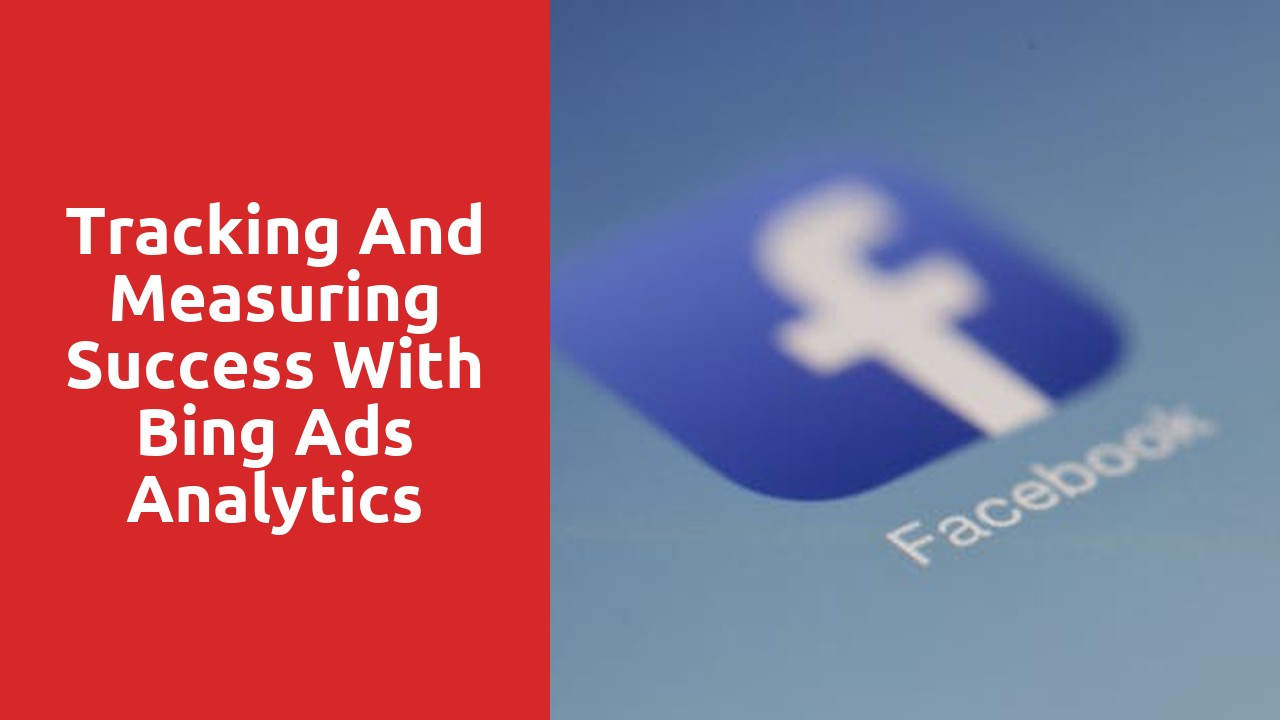Understanding the Importance of Remarketing in Campaigns
One of the key challenges in running successful advertising campaigns is reaching the right audience at the right time. With the advent of the digital age, marketers have been presented with a powerful solution to address this challenge – remarketing. Remarketing is a strategic approach that allows advertisers to reconnect with potential customers who have previously engaged with their brand or visited their website. By leveraging the data collected from user interactions, remarketing campaigns can target specific individuals with tailored ads, thus increasing the chance of conversion and driving business growth.
The importance of remarketing in campaigns cannot be overstated. Traditional advertising methods often rely on casting a wide net in the hopes of catching some interested users. However, remarketing takes a more precise approach by focusing on individuals who have already displayed some level of interest or engagement. This allows advertisers to maximize their advertising budget and ensure that ads are seen by those who are more likely to convert. Additionally, remarketing helps to reinforce brand awareness and retention as it keeps the brand top of mind for potential customers, increasing the likelihood of them returning to make a purchase. Overall, remarketing offers a highly effective way to optimize advertising efforts and generate higher returns on investment.
Identifying Target Audiences for Remarketing
To effectively implement remarketing strategies, it is crucial to identify the right target audiences. By understanding the demographics, interests, and behaviors of potential customers, marketers can create personalized and relevant ads that increase the chances of conversions. One of the key steps in identifying target audiences for remarketing is analyzing website data. By studying website visitors’ browsing patterns, including the pages they visit and the actions they take, marketers can gain valuable insights into their preferences and intentions. This information can then be used to tailor remarketing campaigns that target specific segments of the audience, ensuring that the ads are displayed to the right people at the right time.
In addition to analyzing website data, leveraging customer databases is another effective method for identifying target audiences for remarketing. Companies can utilize their existing customer databases to gain insights into their customers’ past purchases, preferences, and demographics. This information can be used to create highly targeted remarketing campaigns, presenting customized ads to customers who have already shown interest in the brand. By focusing on individuals who have already engaged with the company, marketers are more likely to attract their attention and drive them towards making another purchase or conversion.
Crafting Compelling Remarketing Ads
Creating effective remarketing ads is crucial in today’s digital marketing landscape. These ads serve as powerful tools to re-engage potential customers who have shown interest in your products or services. To craft compelling remarketing ads, it is important to understand your target audience and tailor the messaging accordingly. By using persuasive language that resonates with their needs and desires, you can entice them to click on your ad and take the desired action.
One key aspect to consider when designing remarketing ads is the visual appeal. Utilize eye-catching imagery or videos that grab attention and align with your brand identity. Additionally, incorporating strong and concise copy is vital to convey your message effectively. Be concise and transparent about the benefits your product or service offers, emphasizing how it can solve their pain points. Remember, simplicity is key – avoid overwhelming the audience with excessive details and keep the focus on the key selling points.
By implementing these strategies, you can develop remarketing ads that not only capture the attention of your target audience but also compel them to take the desired action. Don’t underestimate the significance of A/B testing to refine your ad content and structure. Continuously monitor and analyze the performance of your ads to identify opportunities for improvement. Stay tuned for the next section where we will discuss optimizing remarketing ads to increase conversion rates.
Creating an Effective Remarketing Strategy
Creating an effective remarketing strategy is crucial for businesses looking to optimize their online advertising efforts. By targeting users who have already shown interest in their products or services, companies can increase conversion rates and maximize their return on investment.
One essential aspect of a successful remarketing strategy is understanding the user journey and identifying key touchpoints where re-engagement can be most effective. This requires analyzing data from various sources, such as website analytics and customer relationship management systems, to gain insights into user behavior and preferences. Armed with this information, businesses can create personalized and relevant advertisements that speak directly to the needs and interests of their target audience.
Moreover, it is imperative to implement cross-channel remarketing campaigns to reach users across different online platforms. This enables businesses to maintain a consistent presence and reinforce their brand message, increasing the chances of conversion. By utilizing platforms like Google AdWords and Facebook Ads, companies can target users based on their browsing history, interests, and demographics, ensuring that their ads are shown to the right people at the right time.
In conclusion, a well-executed remarketing strategy can significantly enhance a company’s overall marketing efforts. By leveraging data-driven insights and implementing cross-channel campaigns, businesses can effectively re-engage with potential customers and increase their chances of driving conversions. Taking the time to develop and optimize a remarketing strategy is a worthwhile investment that can yield sustainable growth and profitability in the long run.
Dealing with Ad Fatigue in Remarketing Campaigns
In the world of online advertising, remarketing campaigns play a crucial role in reaching out to potential customers who have already shown an interest in the brand. However, over time, these campaigns can face a common challenge known as ad fatigue. Ad fatigue occurs when users become desensitized to the continuous exposure of the same advertisements, resulting in a decline in their effectiveness. To ensure the success of remarketing campaigns and combat ad fatigue, businesses need to employ various strategies that keep their ads fresh, engaging, and relevant.
One approach to dealing with ad fatigue is by regularly refreshing the creative elements of the advertisements. By regularly updating the visuals, copy, and call-to-action messages, businesses can prevent their ads from becoming stale and repetitive. This can be achieved by testing different ad variations and monitoring the performance metrics to identify which creatives are resonating with the audience. Additionally, leveraging dynamic ad templates can help personalize the ad experience for each user, making the ads feel more relevant and increasing their chances of attracting attention.
Overcoming Banner Blindness in Remarketing Ads
In the fast-paced world of online advertising, it has become increasingly important to find effective strategies for capturing the attention of users. One major challenge that marketers face is banner blindness, where users have become so accustomed to seeing ads that they develop an instinctive tendency to ignore them. This phenomenon poses a significant obstacle to the success of remarketing ads, as they rely on recapturing the interest of users who have previously visited a website. However, there are ways to overcome banner blindness and engage users effectively.
One approach is to ensure that remarketing ads are highly relevant and personalized to the user’s interests and preferences. By utilizing data analytics and user tracking, marketers can gain insights into individual user behavior and tailor their ads accordingly. This means delivering targeted ads that align with a user’s previous browsing history, purchase behavior, or other relevant factors. By implementing this personalized approach, marketers can increase the chances of grabbing the attention of users and enticing them to click on the ad, thus overcoming banner blindness to some extent. However, it is crucial to strike a balance and avoid crossing the line of intrusiveness, as users may become wary if they feel their privacy is compromised.














